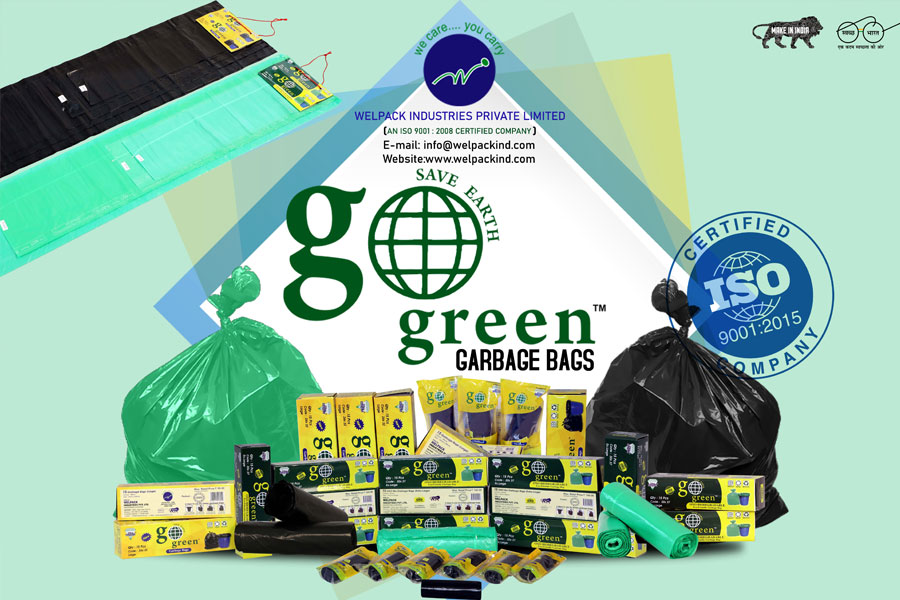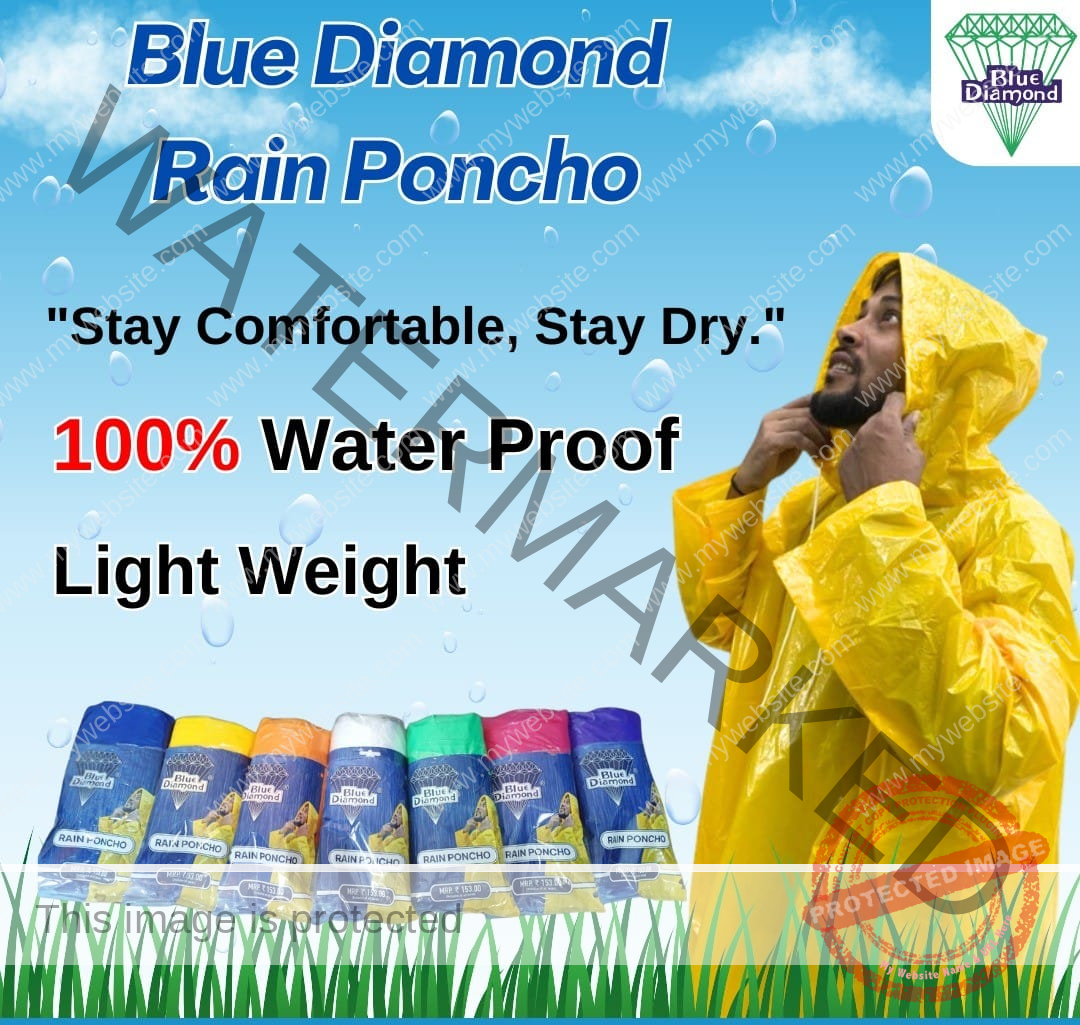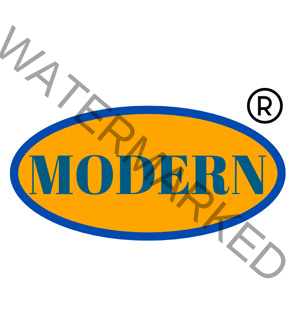How to Choose the Right Tarpaulin?
Choosing the right tarpaulin involves considering various factors to ensure it meets your specific needs. Whether for personal, industrial, or agricultural use, selecting the appropriate tarpaulin will provide the durability, protection, and performance you require. Here’s a comprehensive guide from Welpack Industries Pvt. Ltd. to help you make an informed decision.
- Determine the Purpose
Identify Your Needs:
- General Use: For covering objects, protecting items from weather, or creating temporary shelters.
- Heavy-Duty Applications: For construction sites, industrial uses, or extreme weather conditions.
- Specialized Uses: For agriculture, camping, or specific protective covers.
Tip: Clearly define what you need the tarpaulin for, as this will guide you in choosing the right material, size, and features.
- Select the Material
Common Materials:
- HDPE (High-Density Polyethylene): Durable, UV resistant, and waterproof, suitable for heavy-duty and outdoor applications.
- Polyethylene (PE): Lightweight and economical, suitable for general-purpose use.
Tip: Choose HDPE for long-lasting, heavy-duty use. Opt for PE if you need a cost-effective solution for lighter tasks.
- Consider the GSM (Grams per Square Meter)
GSM Range:
- Low GSM (90-150 GSM): Lightweight and flexible, suitable for temporary or light-duty use.
- Medium GSM (150-250 GSM): Balanced durability and flexibility, ideal for moderate to heavy-duty applications.
- High GSM (250-425 GSM): Thick and robust, designed for heavy-duty and extreme conditions.
Tip: Higher GSM means more durability but also more weight. Match the GSM to the level of durability you need.
- Check for UV and Waterproof Features
UV Protection:
- Importance: Prevents degradation from sun exposure, extending the lifespan of the tarpaulin.
- Check: Look for UV-treated tarpaulins if they will be exposed to direct sunlight for extended periods.
Waterproofing:
- Importance: Essential for protecting items from rain and moisture.
- Check: Ensure the tarpaulin is labeled as waterproof, not just water-resistant.
Tip: For outdoor use, UV-treated and waterproof tarpaulins are crucial.
- Inspect the Weave and Coating
Weave Density:
- Tight Weave: Offers better durability and resistance to tearing.
- Loose Weave: More flexible but less durable.
Coating:
- PE Coating: Provides basic water resistance.
- Laminated Coating: Offers enhanced waterproofing and durability.
Tip: Choose a tarpaulin with a tight weave and appropriate coating for the best protection.
- Evaluate the Size and Weight
Size:
- Determine Coverage: Measure the area you need to cover to select the right size.
- Extra Coverage: Consider a slightly larger size to ensure complete protection.
Weight:
- Manageability: Heavier tarpaulins are more durable but can be harder to handle.
- Portability: Lightweight tarpaulins are easier to transport and deploy.
Tip: Balance size and weight according to your handling capabilities and coverage needs.
- Look for Reinforced Features
Reinforced Edges:
- Importance: Prevents fraying and extends the tarpaulin’s life.
- Check: Ensure edges are reinforced with double stitching or heat-sealing.
Grommets:
- Importance: Allows for secure attachment and anchoring.
- Check: Look for rust-resistant, well-spaced grommets.
Tip: Reinforced edges and quality grommets are essential for durability and ease of use.
Conclusion
Choosing the right tarpaulin involves considering the material, GSM, UV and waterproof features, weave density, size, weight, and reinforced elements. By understanding your specific needs and matching them with the appropriate tarpaulin characteristics, you can ensure optimal performance and longevity.







